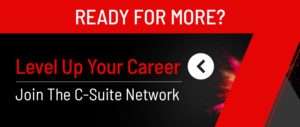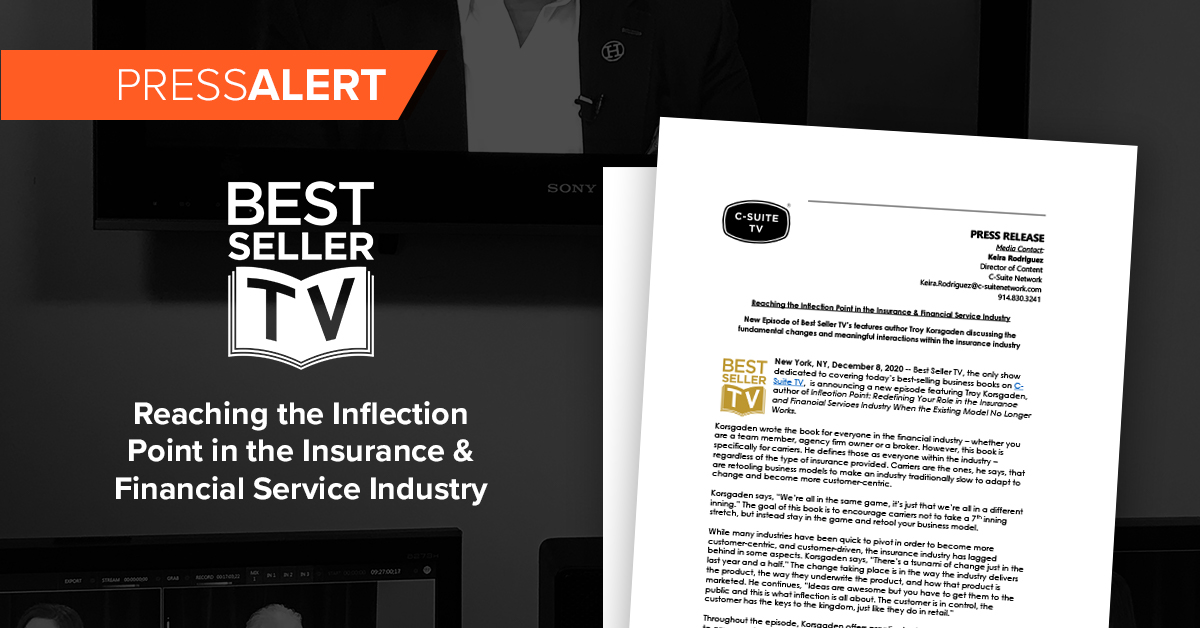
Best Seller TV, the only show dedicated to covering today’s best-selling business books on C-Suite TV, is announcing a new episode featuring Jeff Brandeis, author of Becoming a Rainmaker: A Guide for Accountants and CPAs.
Brandeis is the CEO of Brandeis Training Solutions, and wrote this book to bring a more specific approach to helping those in the accounting and CPA professions hone the sales skills needed to become rainmakers. He defined the term as someone who brings in revenue and in the CPA world, that person is referred to as a “rainmaker.” He adds, “To become a partner, you need to bring business through the door. If you’re not bringing revenue in, the chances of sharing the profits will be a lot slimmer.”
Brandeis says that accounting professionals are trained to handle numbers, but one skillset that is not taught is sales. “There’s no college degree for sales,” he adds. The book serves as a guide to help build better and faster rapport, with prospects and potential clients to cut down the sales cycle some might not fully understand. He adds, “How people learn is how people buy” and the book teaches how to match presentation and learning styles in order to build that rapport three times faster and in one-third of the time.
During the episode, Brandeis also discussed the three types of learners – visual, auditory, and kinesthetic. He says that 75 percent of people fall in the kinesthetic category, which is a mix of both audio and visual learning. Since it’s impossible to determine how a specific person learns, it’s essential to say things such as, “I’ll show you the numbers, explain things in detail, and I’ll make you feel comfortable.” That encompasses all three major learning styles, making it easier to discern the type of learner you are working with.
With businesses changing at a higher speed thse days, Brandeis wants people to succeed, adding, “Even though times have changed, it’s actually brought opportunity that we probably would never have had if this hadn’t happened.” In simpler terms, success comes to those who embrace opportunity and the ever-changing landscape of business.

All episodes of Best Seller TV air on C-Suite TV and are hosted by TV personality, Taryn Winter Brill.
Best-selling author, speaker, and former Fortune 100 CMO Jeffrey Hayzlett created Best Seller TV to give top-tier business authors a forum for sharing thought-provoking insights, in-depth business analysis, and their compelling personal narratives.
“Jeff Brandeis embraces a philosophy I believe in – you constantly have to adapt to new ways of doing business, change your model or risk your business,” Hayzlett said. “The episode is a perfect example of someone who trained in a field where practicality and certainty are expected and transformed it to a world that is always changing. The value that can be found in this episode is immense for the world we’re living in right now.”
For more information on TV episodes, visit www.csuiteold.c-suitenetwork.com/tv and for more information about the authors featured in Best Seller TV episodes, visit www.c-suitebookclub.com.







